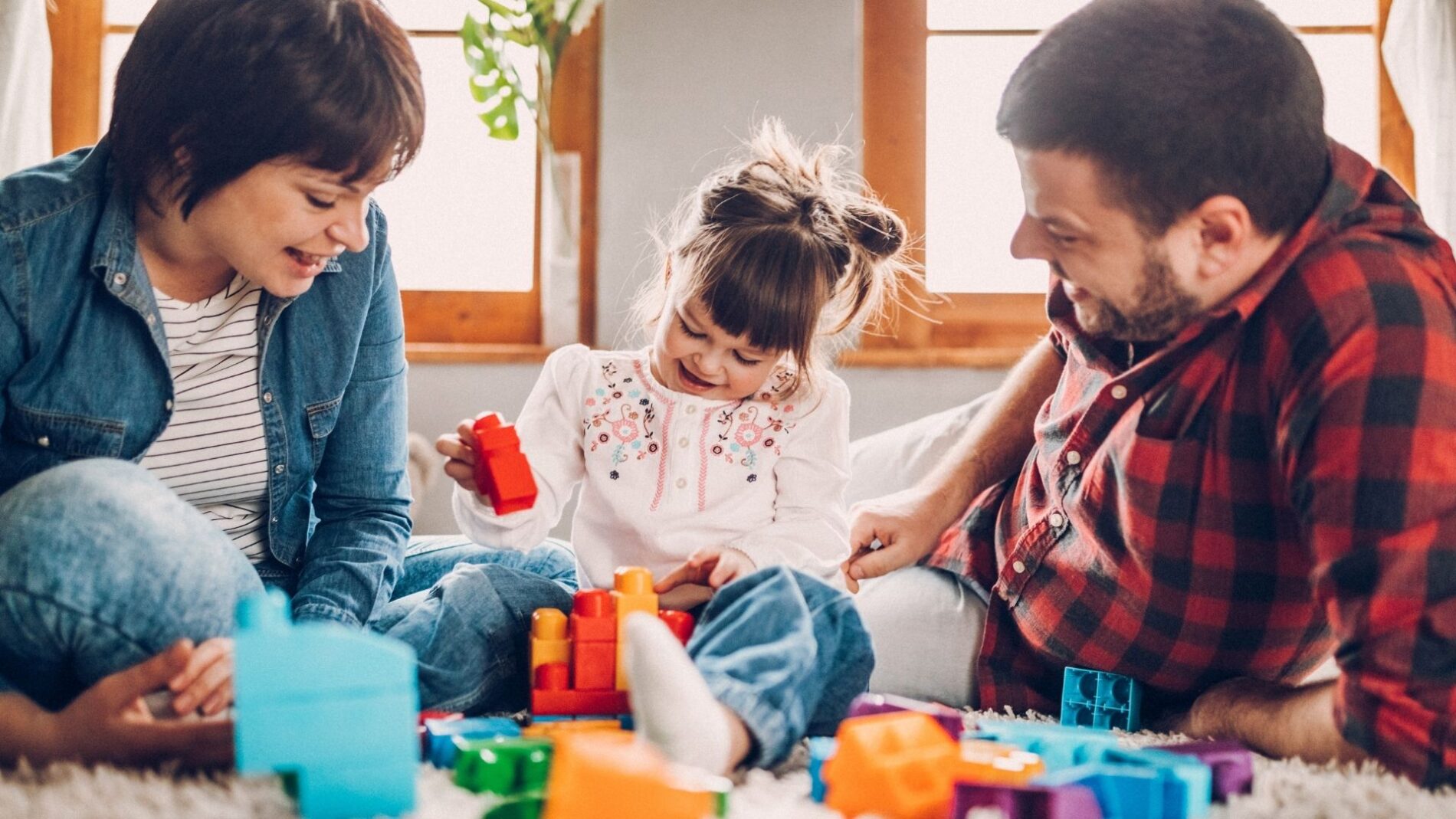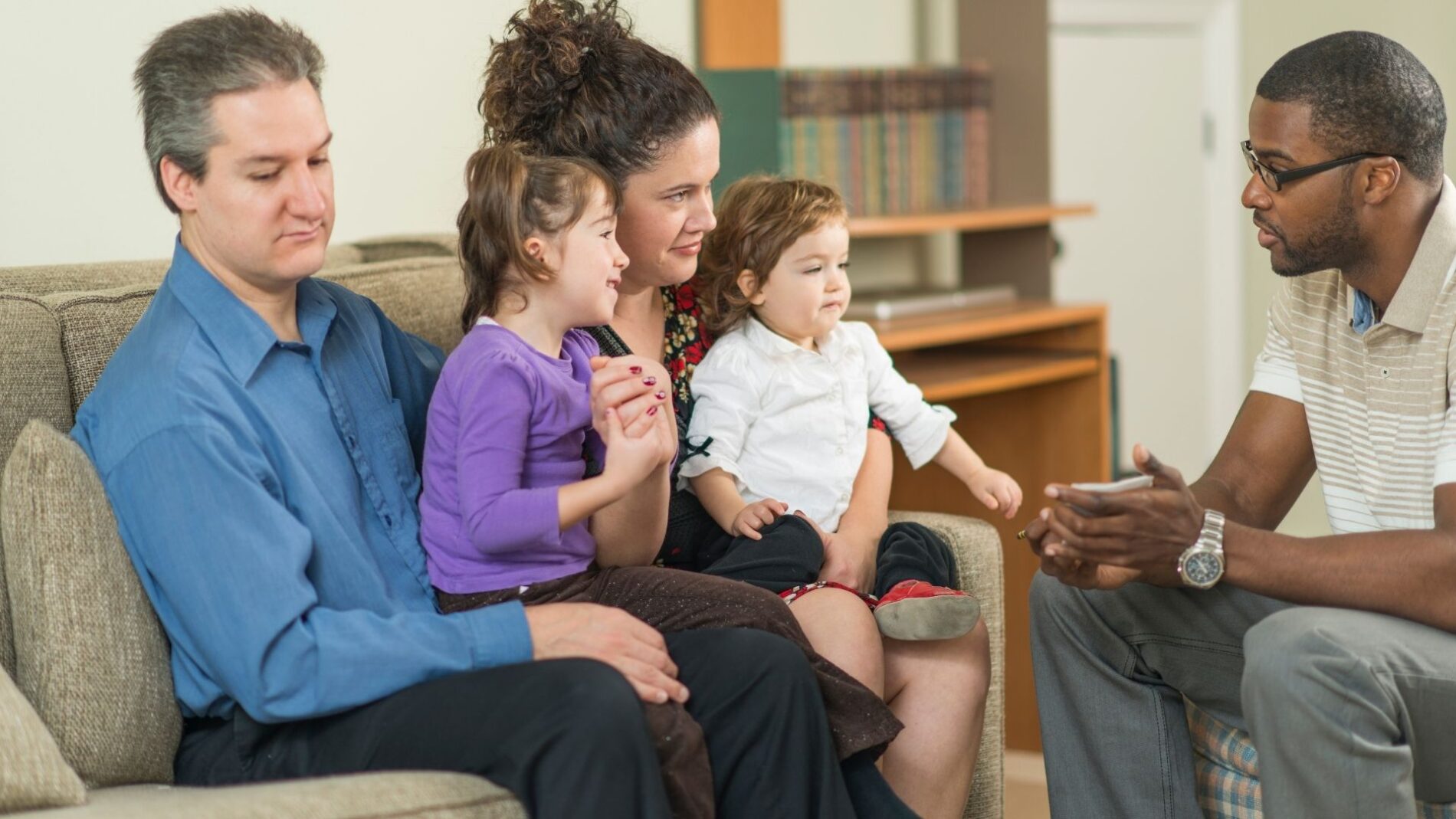PCIT (Parent-Child Interaction Therapy) is a parent training program for children on the autistic spectrum (ASD).PCIT is useful in improving parent-child interaction. It also decreases negative behaviors and increases positive behaviors. This article will discuss the basics of parent-child interaction therapy.
Contents
What Is Parent-Child Interaction Therapy?
Parent-child interaction therapy is a parent education program that teaches parents how to help their autistic children. Parent-child interaction therapy teaches parents how to praise and encourage positive behavior. This is while discouraging poor behavior in their children.
As well as helping them develop ideas and tips for coping with difficult problems. Parent-child interaction therapy can also have some education on the causes of ASD. So both parent and child have a better knowledge of what’s going on in those hard moments. At home, interactions between parents and children. As well as those with a parent figure. It can have an impact on our assumptions of ourselves and others. As a result, parent-child interaction therapy is an area of research that should be encouraged.
Importance Of Parent-Child Interaction Therapy
Parent-child interactions are important for healthy development across the board. As people who have experienced this firsthand will know. Parent-child interaction therapy provides parents with tips. These help them to encourage positive behaviors from their kids. While discouraging negative behavior. As well as teaching them about what causes autism spectrum disorder (ASD).
Parent-child interaction therapy was not available for parents of children with autism spectrum disorder twenty-five years ago (ASD). This is because it had not been developed yet. Some special needs schools have parent-child interaction programs in place. However, they can’t do them alone. This is why parent-child interactions with therapists outside the school environment are needed. It is important to include when treating ASD.
How To Begin?
Your child’s doctor may also provide a list of healthcare providers who they believe would be appropriate for your situation.
Don’t worry if there are no nearby providers in your area. PCIT may be effectively delivered by internet therapy sessions that can be taken using any electronic gadgets. So don’t panic.
The parents should make sure that the therapist is qualified to practice in your area and has a license. You can still receive services even if you cannot commute to the clinic.
The therapist will almost certainly want to conduct an intake interview. This is to learn more about your child’s background and family situation.
Keep in mind that the therapist is not there to judge you. They may rather assist you in making positive adjustments in your family.
Benefits Of Parent-Child Interaction Therapy

Interactional therapists for adults and caregivers focus on how you express affection and respond to your child’s feelings.
- They also focus on teaching one’s kid coping strategies like deep breathing or talking about their feelings.
- They encourage activity levels by promoting exercise and activities that build social skills. This includes playing games together, modeling good behavior yourself. Instead of focusing solely on what you want your kid to do.
- This also helps kids learn to control their impulses. Which is important for good grades.
- Parents are also taught new skills. So they can communicate with children more effectively.
More Benefits
To measure the usefulness of parent-child interaction treatment. More study is needed. However, there is proof that parent-child interactions do affect children’s behavior problems.
Observe the parent and child behavior during various sorts of parent-child activities. This might help in identifying the problem and patterns in their relationship. So therapists can work with parents to improve them. A therapist might look at how much time moms spend punishing or yelling at their young children during play sessions vs positive attention, such as praising good behavior, as one example.
Another way researchers are examining parent-child relationships now includes looking into what happens when these interactions occur across multiple family members. Rather than just between the parents and child alone.
What To Expect?
It explores how parents deal with their own emotions as well as the dynamics of their relationships with their children. The main goals for this type of treatment are to improve parent skills such as empathy and problem-solving. As well as help them understand the connection between parenting behaviors and child adjustment issues.
The sessions are in every week until the therapist ends the therapy.
The first step that you will take when entering Parent-Child Interaction Therapy is completing an intake form about your family system and current situations within it (e.g., marital conflict). Each session has both parent and child present. As the main focus will be around parent-child interactions.
Many factors can depend on how a parent reacts to their children. The parent-child interaction treatment process becomes more difficult. This includes the parent’s history and present living conditions. There is no universal way to approach this type of treatment because each family has different situations surrounding them. This influences parent behavior during parent-child interactions.
How does It work?

The goal of parent-child interaction therapy is to improve the parent’s ability to control their own emotions for them. To be able to better set limits with their children in a useful manner. This does not involve yelling or spanking. It also helps parents understand why they are yelling at their kids. This is how it makes the problem worse instead of better when done incorrectly. Parenting programs like this aim to turn abusive parenting behavior into positive parenting behavior. This is done by employing a variety of strategies. Such as one-on-one meetings between therapist and parent, therapist coaching from home via phone calls/emails, and so on. Working with other parent leaders in parent support groups, and working with the parent’s child through play therapy sessions.
Parent-Child Interaction Therapy Phases
The training methods in parent-child interaction therapy are special in design for parents to control their behaviors. It introduces them to more positive parenting styles. The therapy has two phases. These are – The relationship phase and the discipline and adopt phase.
The Relationship Phase
This is the first part of the therapy. In this part, parents form an emotional bond with the child. The parents are taught to use some methods that are in use with the acronym PRIDE. These are –
- Praise the child- The parent should provide positive feedback and praise to the child for good deeds.
- Reject parents’ negative thoughts – The parent has to know their feelings. However, they should stop acting on them in a way that may harm the child or make him feel bad about himself.
- Impose parent’s own rules upon themselves – If more than one parent is present. Then they must all follow the same set of instructions.
- Direct parent’s attention towards desirable behaviors – Parents are taught not to give more importance or value some bad behavior over other positive actions. At times, children tend to develop selective listening skills too. Where they pay less attention when told off for some action as compared with others.
- Enjoy with the child-Parent should be able to connect with their child by playing games, singing songs, or telling stories. This help parent bond better with the child and also reduces tension between them.
- Parents are trained to ignore negative behaviors which are not harmful to the child. Parents are encouraged to not use sarcasm, criticism, and any other negative words like no, don’t, can’t, etc.
The Discipline And Adopt Phase
This phase is to teach parents how to manage their child’s behavior in a positive manner.
At this phase, the parent learns how to give effective commands and reward good compliance. While ignoring minor misbehaviors that are not dangerous or inappropriate for the child’s age. The parent also receives instruction on setting limits with children by being punctual in following through actions. This is when they have been as rules of behavior for a setting.
Next, parents learn about strategies to deal with problem behaviors. Such as temper tantrums during mealtime instead of food refusal. Parent-child interaction therapy sessions generally last around 20 weeks depending on the severity of symptoms displayed by the client(s).
Limitations Of Parent-Child Interaction Therapy

Parent-Child Interaction Therapy is one of the most effective treatments for children with autism. However, it has some drawbacks.
- The first drawback is in the home. This means that parents have to spend more time than a normal child completing tasks at home.
- The second drawback is that this therapy is on parents’ ability to correctly understand their child’s behaviors.
- This therapy may not be useful for those parents who do not care for their children.
- Parents who suffer from mental health disorders, speaking, and learning disabilities are not for this therapy.
Conclusion
Parent-Child Interaction Therapy (PCIT) is a psychosocial intervention for families. These are for children who have emotional and behavioral problems. The goals of PCIT are to help parents interact more positively with their children. It helps in reducing the numbers and force of the parent-child conflict. Moreover, it increases parental skills in managing difficult problems. It also aims at decreasing bad behaviors from the child’s behavior. It also improves the social bond of both parent and child. This also makes healthier patterns of family well-being.
Parents learn to use certain ways that can be in use at home or school when they need them most. These are learning how to set limits on negative behavior without overreacting. It also includes responding correctly but not angrily. Discuss solutions together instead of arguing about what should happen next. Using positive encouragement to reward children for positive behavior. And lastly, problem-solving together instead of parent-child blaming.
For more information, please contact MantraCare. Parenting is a challenging yet rewarding experience that is crucial for the development and well-being of a child. If you have any queries regarding Online Parenting Counseling experienced therapists at MantraCare can help: Book a trial therapy session


